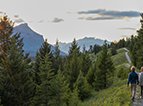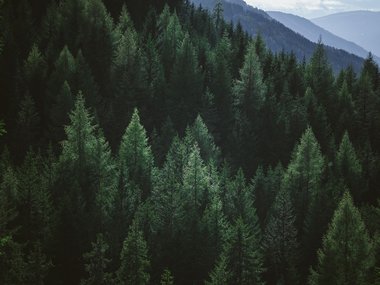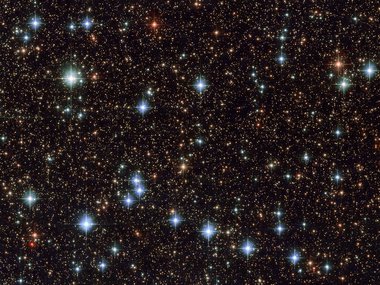Quarantine Quarrying: Starting a Rock and Mineral Collection
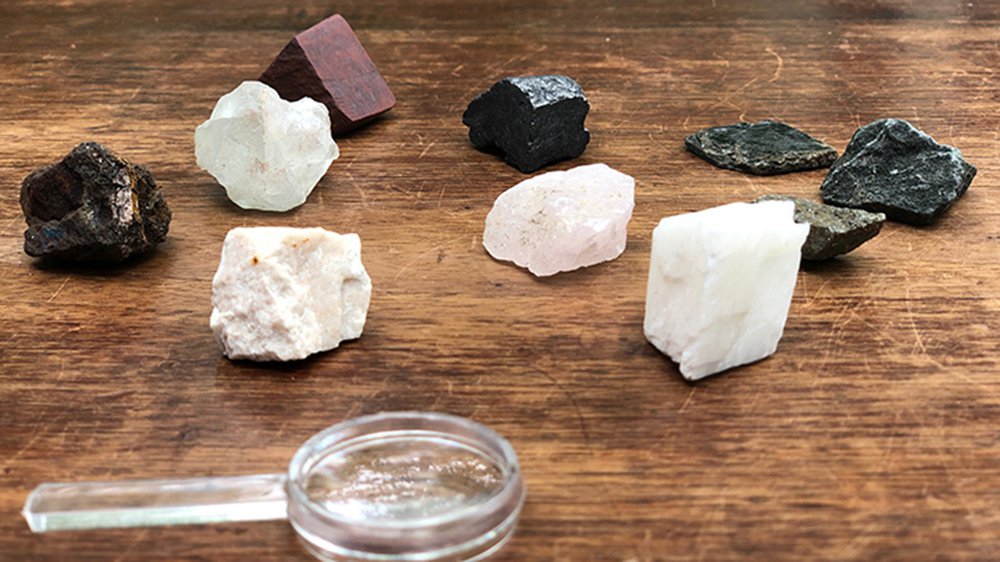
Hello! David Olli, live science catalyst, reporting for virtual duty. Since I can’t conduct any in-person demos at the Museum for you right now, I thought I’d encourage you to embark on some at-home science. Now’s the perfect time to start a collection with common rocks and minerals you can find in Virginia, if not right in your own backyard.
If you haven’t learned about the rock cycle, don’t worry. I majored in geology in college and am happy to guide you. First, we need to understand the difference between rocks and minerals.
I’m always thinking of food with one particular favorite snack in mind: cookies! I like my cookies with everything mixed in: nuts, chocolate chips and M&Ms. Think of the entire cookie as the rock. The flour, sugar, eggs, nuts, chocolate chips and M&Ms are the minerals, each with their own chemical composition. Together, they make up the cookie!
A rock is made up of minerals. Rocks come in all shapes and colors, while minerals are often pretty consistent in appearance. A very common igneous rock found in Virginia, granite, is composed of several minerals visible to the naked eye. Sticking with the cookie example, quartz is one of the most common minerals on Earth, and just like M&Ms, it comes in different colors. Quartz has different varieties and colors such as pink, smoky, rose and purple amethyst. Yum, this is making me hungry!
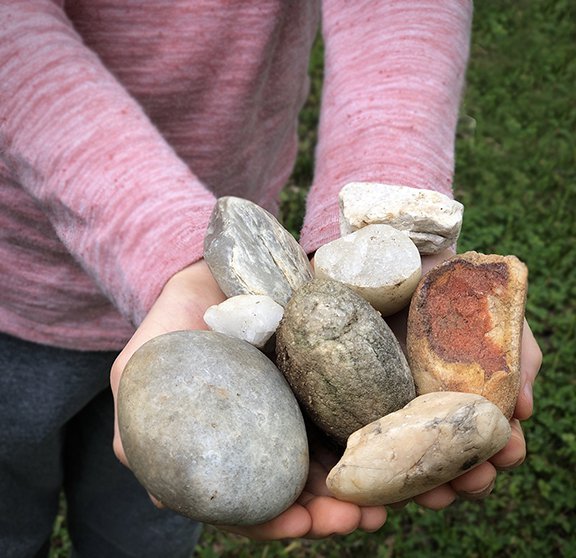
There’s so much to say about rocks and minerals here in Virginia that we’ve broken up this post into a few parts: igneous rocks, sedimentary rocks, metamorphic rocks and minerals. Check back to check out each one and learn all about the different types. Once you’re up to date, you’re ready to start a collection!
Collecting rocks and minerals is easy: they are everywhere! This hobby gives you a chance to get outside. You can begin in your own neighborhood or backyard, and, if I do say so myself, it’s a lot of fun.
Here's a few tips to get started
- Always get permission to enter private property if your collection efforts take you outside of your backyard. (FYI: Most state and national parks discourage, if not outright outlaw, rock collecting. As we say in the hiking community: take nothing but pictures.)
- Handy tools for collecting specimens include a small hand-held shovel, pick or cultivator/fork. If you’re going on a longer walk, don’t forget to take something to carry your collection.
- When it’s time to identify your specimens, a magnifying glass or special rock lenses will help. If your rocks and minerals are dirty (most probably will be as you collected them in the dirt), you can wash them with warm water and a bit of dish soap. If you need to scrub any stubborn clay off the rock, an old toothbrush works well.
- Label all the specimens you collect with the location, date and identification to the best of your ability.
- How you display your new collection is up to you. Some rock hounds organize their specimens by type, others by size, and others by color. There’s no “right” way to arrange the objects.
- Follow and/or join local groups like the Richmond Gem and Mineral Society. Besides learning from experienced folks and exploring helpful resources, this group leads field trips to observe and sometimes collect unique specimens. That will be something to look forward to when this quarantine period ends!
As one geology professor once told me, you can never look at enough rocks as no two are exactly the same. Good luck with your collection, and rock on!
